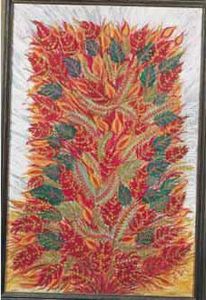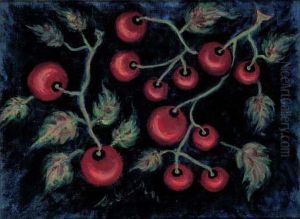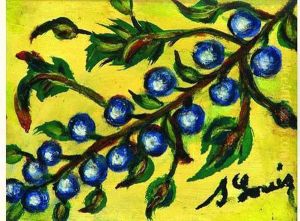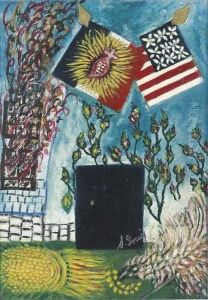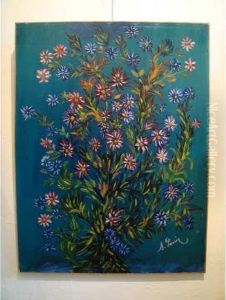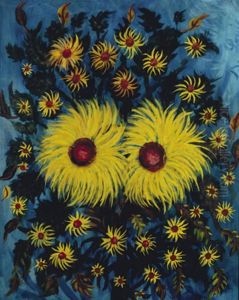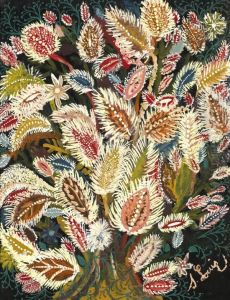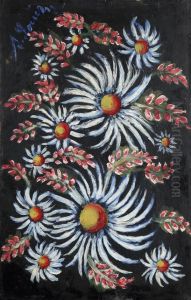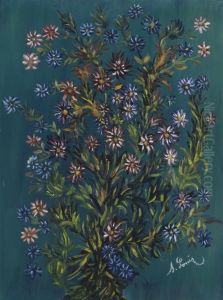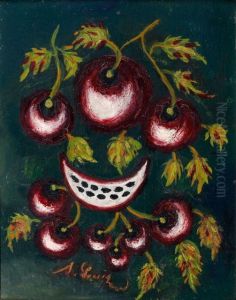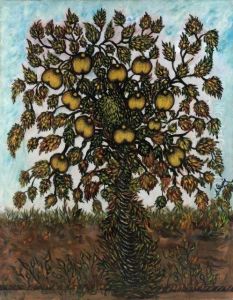Seraphine De Senlis Paintings
Seraphine Louis, known as Seraphine de Senlis, was a French painter born on September 2, 1864, in Arsy, Oise, France. Her early life was marked by hardship and loss, including the death of her mother when Seraphine was just a year old. She was raised by her father and later entered domestic service. Seraphine's life was largely unremarkable until she began painting in her 40s, a passion she pursued in secrecy alongside her work as a cleaner.
Seraphine's artistic talent was discovered by German art collector Wilhelm Uhde, who stumbled upon her work around 1912 while he was living in Senlis. Amazed by the originality and vibrancy of her paintings, Uhde became her patron, encouraging her to dedicate more time to her art. Seraphine's work, characterized by its intense colors and intricate detail, often depicted fantastical botanical scenes, inspired by her deep Catholic faith and her own imagination.
The relationship with Uhde brought Seraphine a measure of financial stability and recognition. She was included in the exhibition of the 'Sacred Heart' painters organized by Uhde in 1929, alongside other self-taught artists like Henri Rousseau and André Bauchant. This period marked the height of Seraphine's artistic career; her work garnered attention and praise, allowing her to live solely off her painting.
However, the onset of the Great Depression significantly impacted Uhde's financial situation, leading to a decrease in his support for Seraphine. Around the same time, Seraphine's mental health began to deteriorate. In 1932, she was diagnosed with psychosis and was subsequently hospitalized in Clermont's psychiatric hospital, where she spent the last decade of her life. Despite the initial continuation of her work during her hospitalization, her artistic output declined over the years, and she eventually stopped painting altogether.
Seraphine de Senlis died on December 11, 1942, in Villers-sous-Erquery, largely forgotten by the art world. It was not until after her death that her work received the recognition it deserved. Today, Seraphine de Senlis is celebrated as a major figure in naive art, with her paintings held in numerous public collections, including the Musée Maillol in Paris and the Collection de l'Art Brut in Lausanne. Her life and art have inspired books, documentaries, and the 2008 film 'Seraphine,' which renewed interest in her extraordinary legacy.
